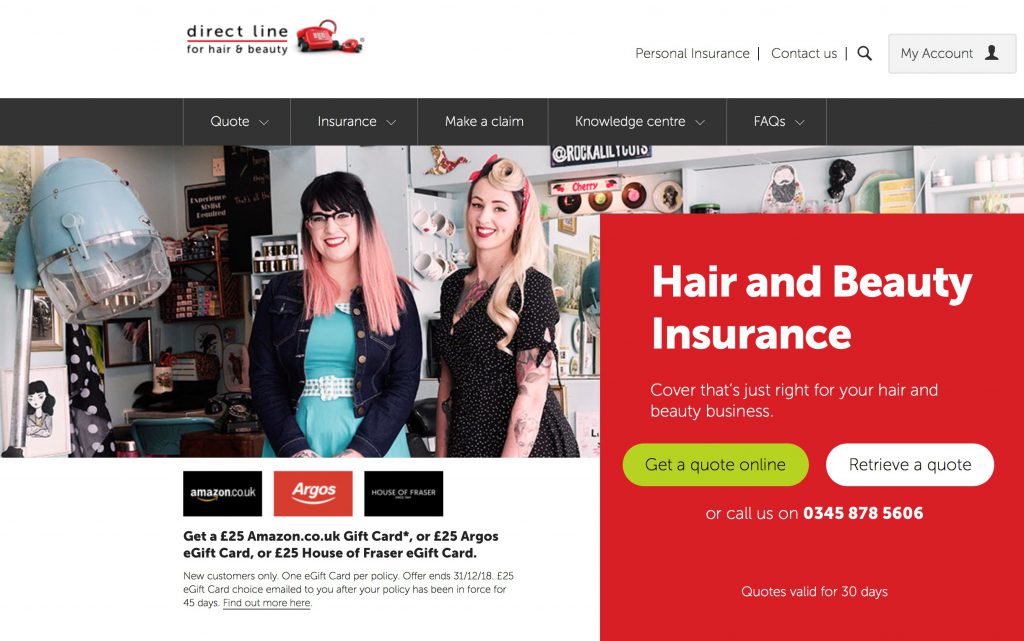By: Sam McMillan, Brand strategist at www.wordstrong.com
Not many industries question themselves so profoundly as advertising. It’s a discipline that shape shifts around the culture, yet has the potential to shape the culture. One of the most thoughtful questioners in the industry is Richard Huntington, Chairman and Chief Strategy Officer for Saatchi and Saatchi London.
Huntington is indefatigable. In addition to his official duties at Saatchi, Huntington runs his own consumer goods company, Bleak House, and has long contributed some of the most insightful thinking to brand strategy on his blog Adliterate.
On a recent winter day in Saatchi & Saatchi’s London offices the energy was palpable as I sat down with Huntington to talk about Saatchi’s approach to branding. As we spoke, staffers literally ran through the open-air office/atrium/lobby/café on the ground floor of the new building on Chancery Lane as if their briefs were on fire.
Get the problem right

First Huntington says, “We don’t have a single process when it comes to branding,” at Saatchi. “But we are fanatical about getting the problem right. And we like difficult problems. Part of our DNA is an appetite for solving impossible problems.” In fact the phrase, “Nothing is Impossible” was literally carved into stone on the steps at their former Charlotte Street address. They’ve since moved the step to their new office.

As an example of taking on the impossible, Huntington points to Direct Line, a UK Insurance company. “Insurance in this country has fought a losing battle against price aggregators,” he explains. “It tore the heart out of the business.” But define the problem correctly— by understanding it’s not price, but value that people want in their relationship with insurance companies and, “you have the potential to re-wire the market.”
Huntington emphasizes that branders should never accept the status quo. “There is not a settled will about the future of your brand,” Harrington says. Look at the drinks category of 10 years ago he says. According to every manufacturer of spirits, vodka was the future. Then Sipsmith artisan distillers reinvented London Dry Gin as a category. The lesson for branders: “Refuse to accept defeat. Destiny does not have to be mapped out.”
Dig into data to find the solution
“Raw insights are available to anybody,” Huntington says. And that’s valid. “As long as it’s real, its ok for that insight to come from within.” Instead of waiting for inspiration to strike in a blinding “aha!” moment, Huntington believes the work of a strategist is find those insights, like a pig rooting for truffles. The insights are there in the data, waiting to be discovered by those willing to do the hard work. “It does take a certain quality to see the signal in the noise, to see the world in a different way. There’s a deluge of data, and the answers within it can feel inaccessible,” he admits. At the heart of the work a brand strategist performs is the discovery of the “visceral insight.” It’s not an act of genius, Huntington says. Instead, “it’s an act of listening and seeing.”
How do you know whether an insight is valid? Huntington thinks hard for a moment and says, “You know you’ve had one when you can say: ‘I never thought about that brand like that ever before.’ That’s your opportunity in the market.”
Before you sell your insight in the market, you’ve got to sell it in the boardroom. For Huntington, selling your ideas to a client isn’t actually about selling. “It’s about the client buying. You’ve got to paint a vision that’s so compelling the client wants to buy in.” Secondly, you have to bring out the proof. “Clients want to know the commercial impact of what we’re proposing. Were good at the vision, and we’re getting better at the proof. We train our planners to get comfortable with metrics. We go into a client meeting with access to data and analytic capabilities. No more bluffing.”
Find emotion to tell your story

And yet, for Huntington, when the binders full of data are closed and the last PowerPoint is clicked off, the most powerful thing a brand can do is say, “Let me tell you a story.” Finding the emotional truth in a brand story is “what takes you beyond the binary of yes/no, to a place where alchemy lives.” Done right he says, and “emotional brands create cultural moments that disproportionately affect a life. A new piece of learning changes how people feel about the market.”
So should brands aim for empathy? I ask.
“Let me tell you a story about empathy” Huntington says, with a twinkle in his eye. On a recent trip to Ho Chi Minh City, on his last day in town Huntington had his phone snatched from his hand by a thief on a motor scooter. When he got back to his hotel, he discovered his luggage, including his laptop, was stolen from the hotel’s concierge. One friend offered condolences, and a ton of sympathy. Another said: “Here’s my phone. Call your wife. Use my laptop, log on to your email and get it sorted.” The point for brands, Harrington says, is “When the shit hits the fan you want effective action, not empathy.”

